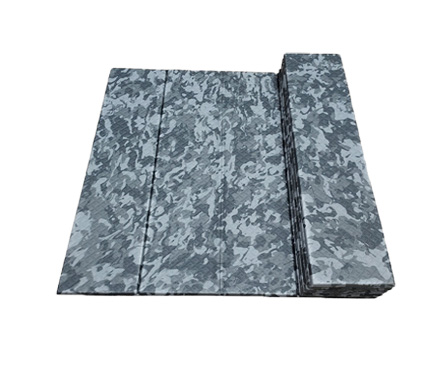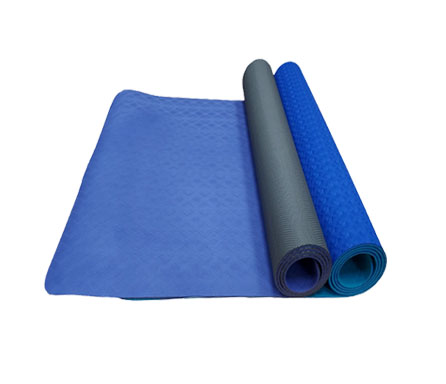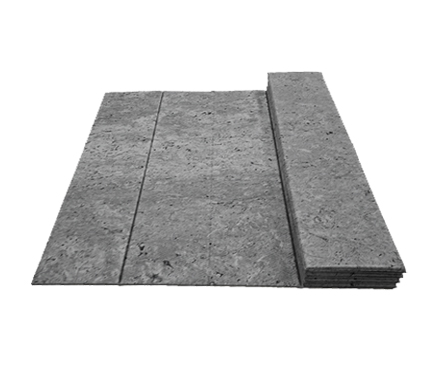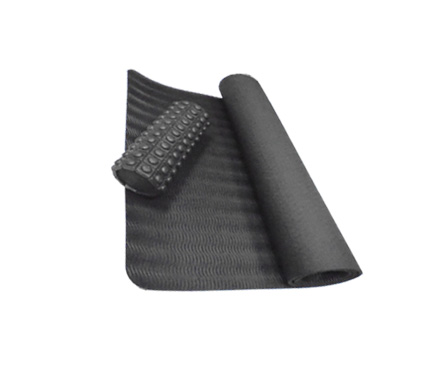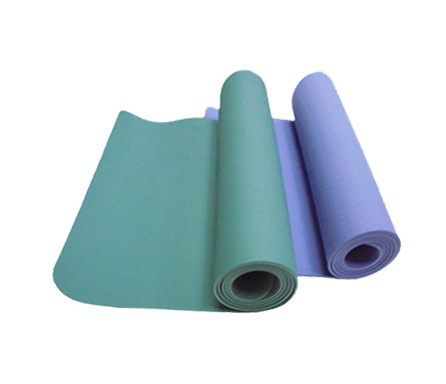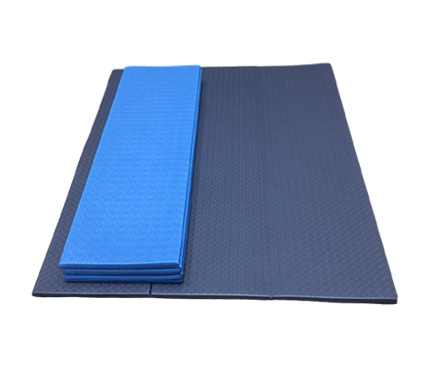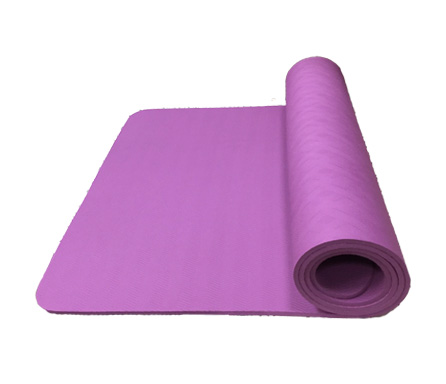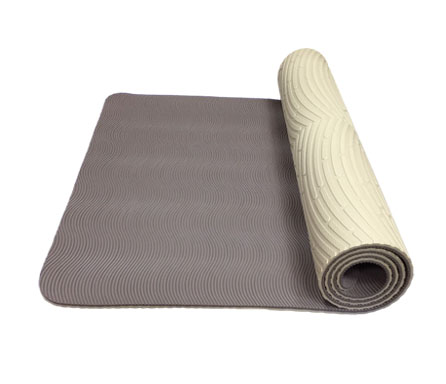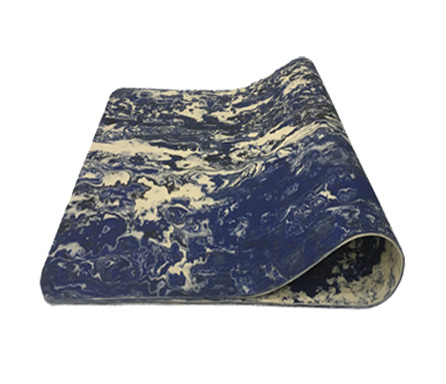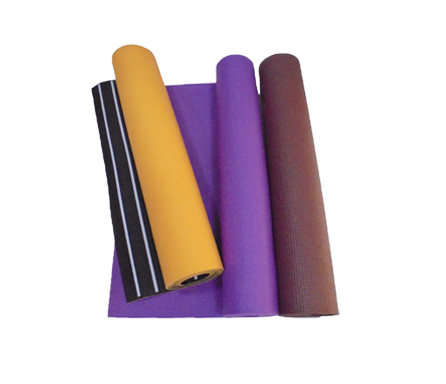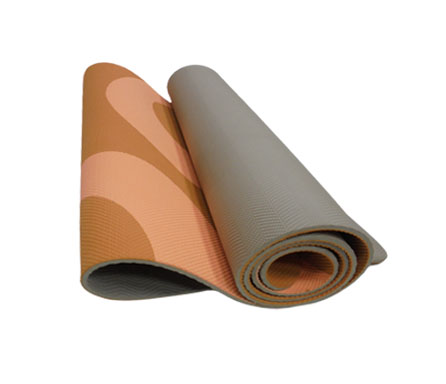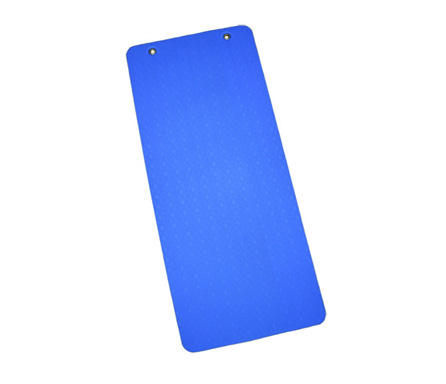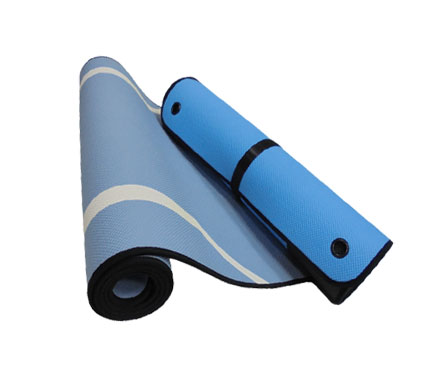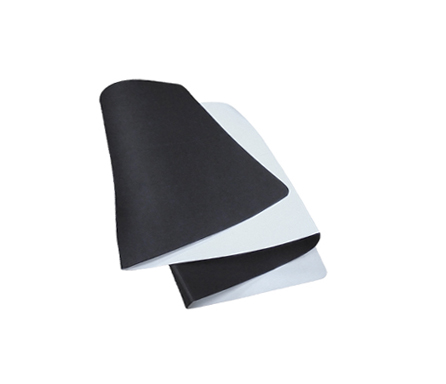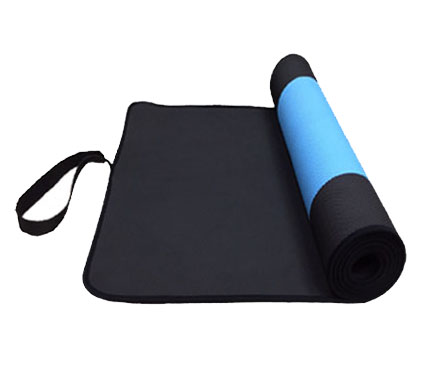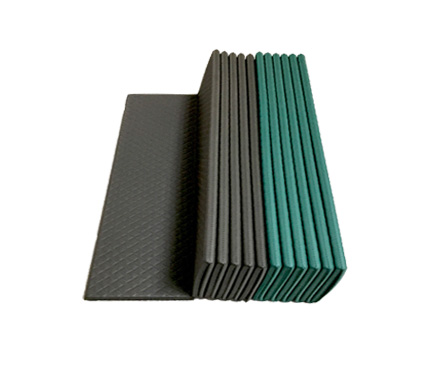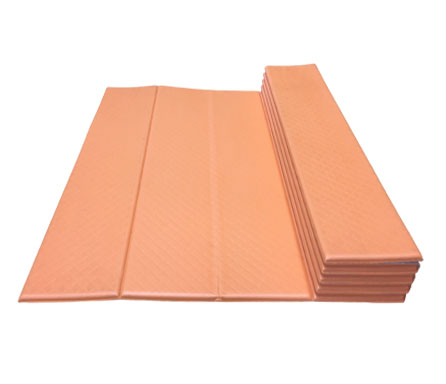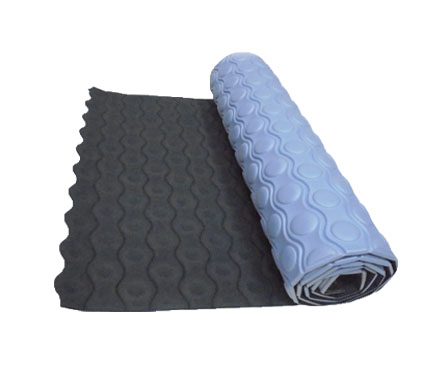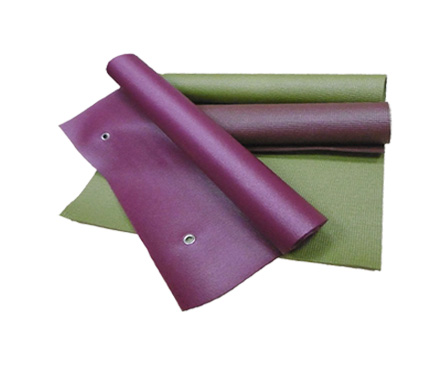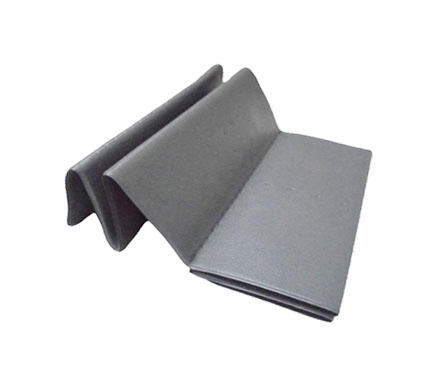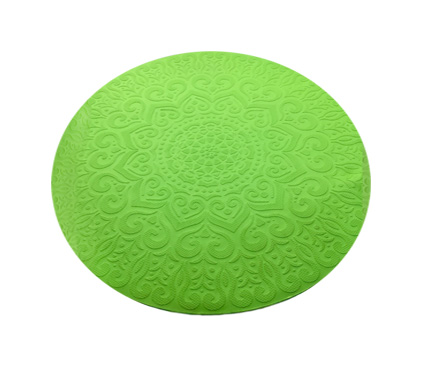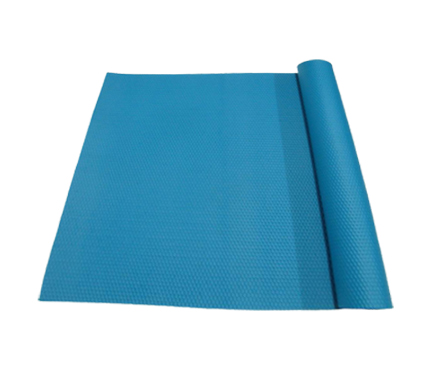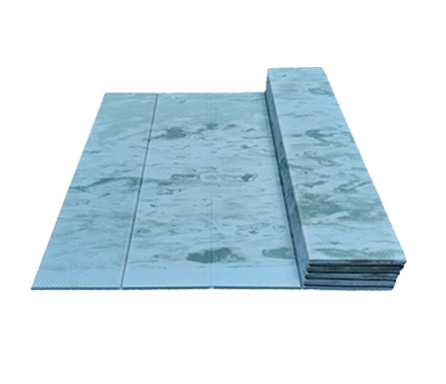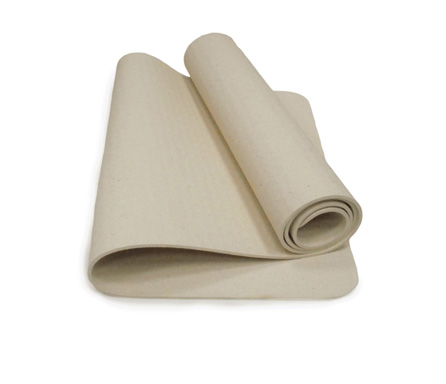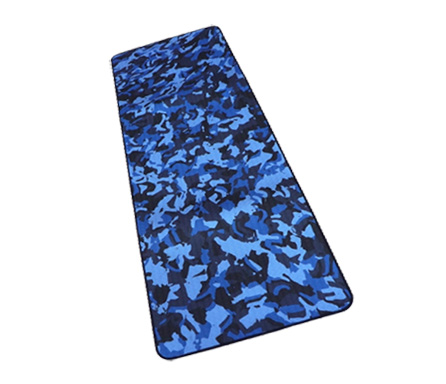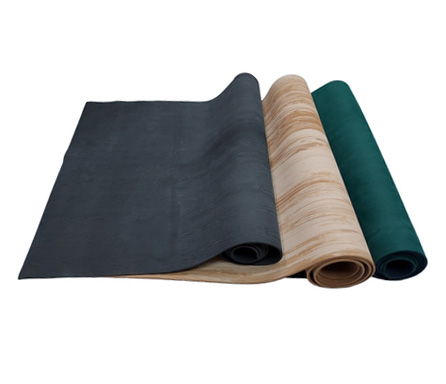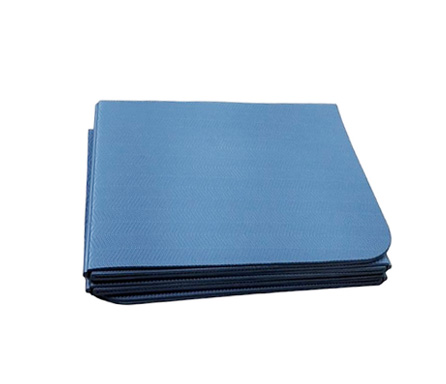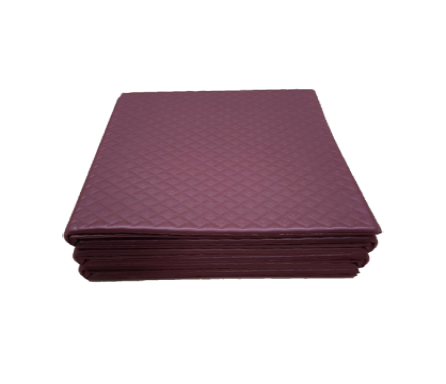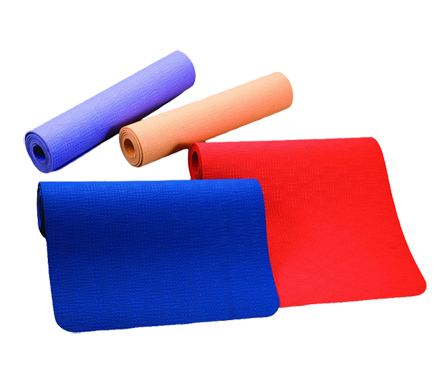Yoga Mat
A yoga mat is an essential yoga tool. The soft material provides a comfortable practice surface and offers cushioning and support. Its anti-slip can prevent the practitioner from slipping or losing balance while; performing yoga poses, reducing possible discomfort or injury. This non-slip property is particularly; important, especially when your hands or feet are sweaty. In addition, yoga mats can create a very hygienic barrier between you and the floor, avoiding direct contact with dust, dirt, or other unclean surfaces.
Eco-Friendly Yoga Mat Manufacturer
When choosing a yoga mat, appropriate material and size are the most basic considerations. With the rise of environmental awareness, Successful Mat is committed to making yoga mats from recycled materials. Our yoga mat material includes TPE, POE, PVCand natural rubber. Yoga mats made of each material have different characteristics. If you want to know the characteristics of each material, please browse the Material Application page.
We provide several common specifications in yoga mat sizes, such as 24” x 68” (60 x 173 cm) and 24” x 72”(60 x 183 cm). In addition to general specifications, we can also customize longer and wider yoga mats according to your body shape. If you are looking for an eco-friendly yoga mat manufacturer, we are your best choice!
What materials are yoga mats made of?
Common yoga mat materials on the market include PVC, TPE, POE, and natural rubber, what are the advantages and disadvantages of yoga mats made of these materials?
Types of Yoga Material Advantages and Disadvantages Compare
1. PVC Material (Polyvinyl Chloride)
PVC yoga mats' biggest advantages are that affordable and widely available, suitable for beginners and experienced yogis on a budget, and PVC yoga mat having excellent durability, making PVC mats last for a long time and superior grip, especially when wet, which ensures stability during your practice. The disadvantages of PVC yoga mats are that it is, not an eco-friendly material and may not be suitable for those people who are concerned with environmental issues. Yoga mats made from it may have a chemical smell, which may not be friendly to people who are sensitive to smells.
Our PVC Yoga Mat: PVC-100C-R, PVC-100C-S-E, PVC-8 Fold-TC.
2. TPE Material (Thermoplastic Elastomer)
Contrary to PVC, TPE is a recyclable and environmentally friendly material, the TPE yoga mat is free of harmful chemicals, making it an excellent choice for environmentally conscious individuals. Besides TPE yoga mat also provides good grip and cushioning for comfortable practice.
TPE yoga mats' disadvantages may not be as durable as PVC mats and might show signs of wear sooner and they may have a slightly higher price point than PVC mats.
Our TPE Yoga Mat: TPE-1002-C.
3. POE Material (Polyolefin Elastomer)
POE yoga mats are known for their durability, and they can withstand the rigors of regular use. They are less prone to tearing or wearing out over time and their non-slip surface and excellent cushioning which helps maintain stability during your yoga practice and provide support for your joints and comfort during your yoga practice. The lightweight material makes it easy to carry and is the preferred yoga mat material when traveling.
POE yoga mats are sensitive to direct sunlight and easily deformed by being placed in high-temperature areas.
Our POE Yoga Mat: POE-2001-EV, POE-1001-C, POE-90cm-IC, POE-1002-I, POE-1001C-Cloud, POE-3001-C
4. Natural Rubber Material
Natural rubber yoga mats provide a good grip, even during hot and sweaty sessions, excellent property of anti-slip resistance to slipping provides yogis with a safe place for practice. Its superior elasticity provides a good amount of cushioning and support for your joints, and biodegradable and sustainable making eco-friendly the best choice. Natural rubber yoga mats' disadvantages include having a distinct rubber odor that may dissipate over time, they tend to be heavier and less portable than other mat types and premium quality stands for higher prices.
Our Natural Rubber Yoga Mat: NR-1001.
If you want to know other yoga mat material, welcome contact us!


